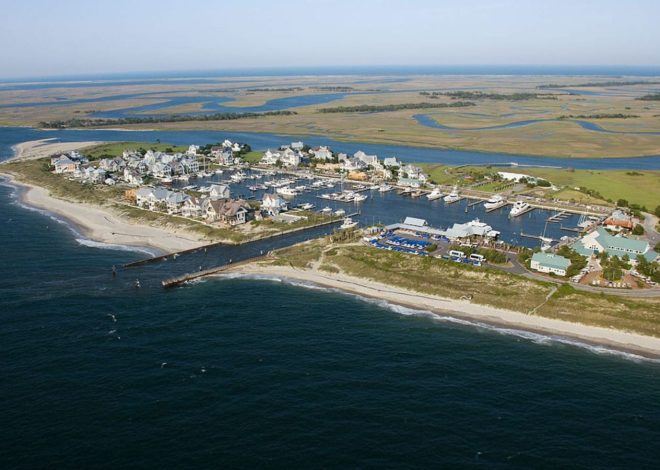
What Does Climate Change Look Like in Delaware?
A worldwide phenomenon, climate change takes on diverse forms in different parts of the world. Climate change poses several dangers and difficulties to the environment, economy, and society of Delaware, a tiny state in the United States on the Atlantic coast. The following are some of Delaware’s main effects of climate change:
Rising Sea Levels
The low-lying coastline of Delaware is vulnerable to sea level rise as a result of melting glaciers and ice sheets as well as the thermal expansion of seawater brought on by warming temperatures. Sea levels around the Delaware coast have been rising at a rate of about one inch every seven years, and by the end of the century, the Delaware Department of Natural Resources and Environmental Control (DNREC) projects that they will have risen between sixteen inches and four feet.
Sea level rise poses several adverse effects on Delaware, including:
- Erosion of beaches and barrier islands, crucial for tourism, recreation, and wildlife habitat.
Submergence of low-lying lands, wetlands, and salt marshes, providing flood protection, water quality improvement, and carbon sequestration. - Intensification of coastal flooding, storm surges, and saltwater intrusion, endangering infrastructure, property, and public health.
- Elevated salinity in estuaries and aquifers, impacting freshwater availability and ecosystems.
To address sea level rise, Delaware has implemented various adaptation strategies, such as beach nourishment, shoreline protection, land acquisition, and relocating vulnerable facilities.
Increasing Temperatures
Delaware’s temperature has warmed by around 2 degrees Fahrenheit over the last century, and by 2100, it is predicted to rise by another 4 to 10 degrees Fahrenheit. Delaware will be affected by this temperature rise in a number of ways, including:
- More frequent and intense heat waves, elevating the risk of heat-related illnesses, deaths, and energy demand.
- Longer growing seasons, potentially benefiting some crops but also increasing exposure to pests, diseases, and droughts.
- Altered timing and distribution of precipitation, influencing water resource availability and quality.
- Changes in the phenology and distribution of plants and animals, disrupting ecosystem functioning and diversity.
- Shifts in the occurrence and severity of wildfires, potentially damaging forests, property, and air quality.
- To mitigate the effects of rising temperatures, Delaware has taken various actions, such as reducing greenhouse gas emissions, promoting energy efficiency and renewable energy, and enhancing urban forestry and green infrastructure.
Heavy Precipitation and Flooding
In the past few decades, Delaware has seen an increase in the frequency and intensity of heavy precipitation events, and this trend is expected to continue. Delaware is affected in a number of ways by heavy precipitation and flooding, including:
- Infrastructure damage to roads, bridges, buildings, increasing maintenance and repair costs.
- Disruption of transportation, communication, and power systems, affecting the mobility and safety of people and goods.
- Contamination of surface water and groundwater, impairing drinking water quality and aquatic habitats.
- Decline in agricultural productivity, impacting the income and food security of farmers and consumers.
- Increased incidence and spread of waterborne diseases, posing health risks to humans and animals.
- To adapt to heavy precipitation and flooding, Delaware has implemented measures such as improving stormwater management, enhancing floodplain mapping and planning, and increasing public awareness and preparedness.
Conclusion
There is no denying the existence of climate change, which Delaware needs to face head-on. The state has already felt the effects of climate change in the form of increased temperatures, rising sea levels, excessive precipitation, and flooding. The economy, society, and ecology of Delaware are all significantly impacted by these effects.
The state has made progress in lowering greenhouse gas emissions and building resilience, but more work is necessary to solve present and upcoming problems. Delaware’s efforts can be strengthened by working with other states and stakeholders to exchange best practices and resources, promoting more support and action on a national and international scale.
SEE MORE
Europe’s Top 7 Most Dangerous Cities for 2024


